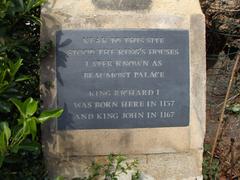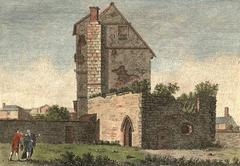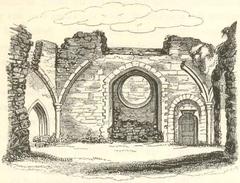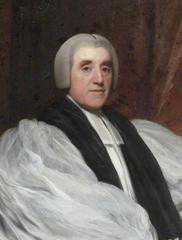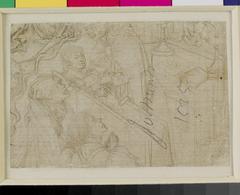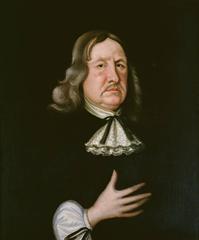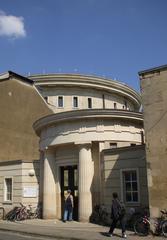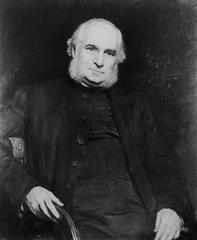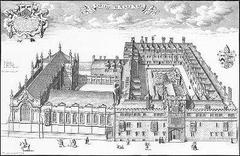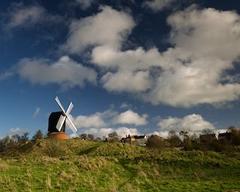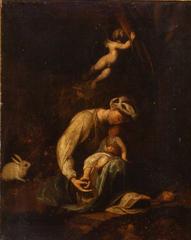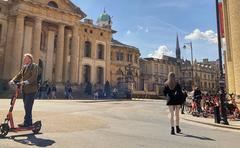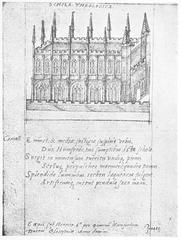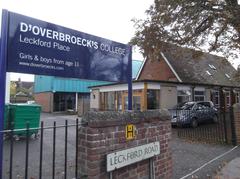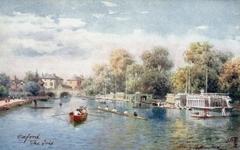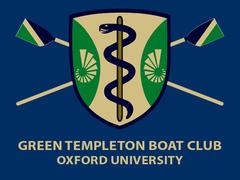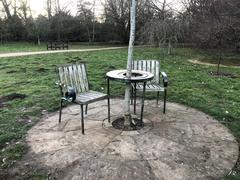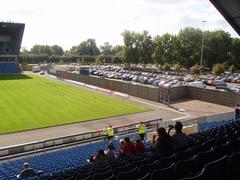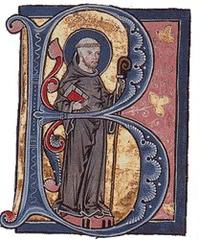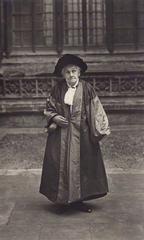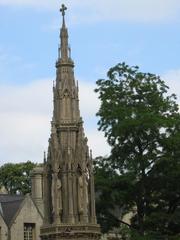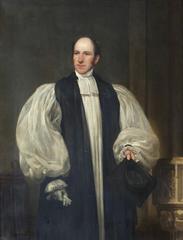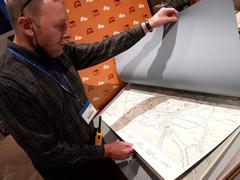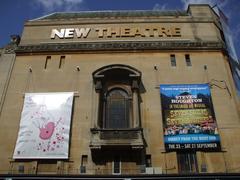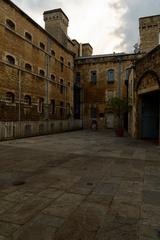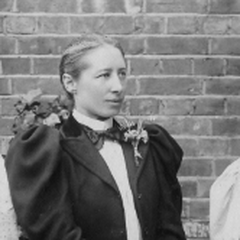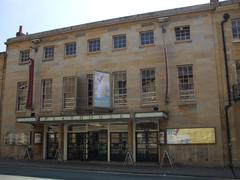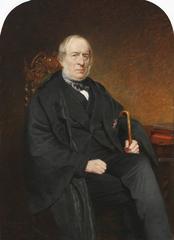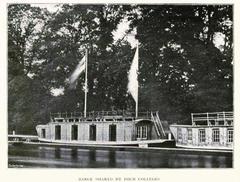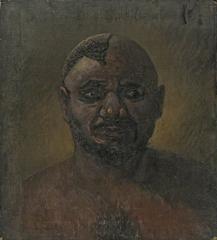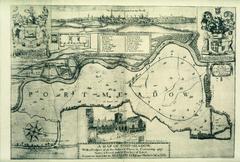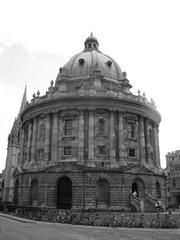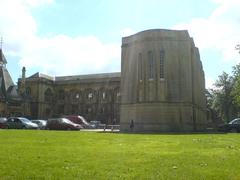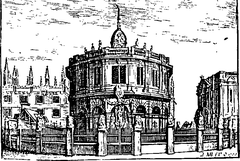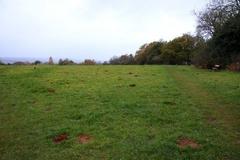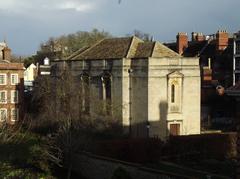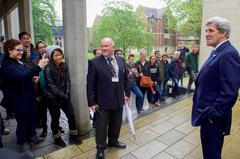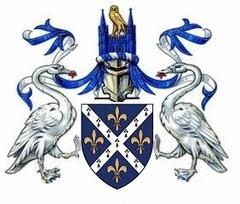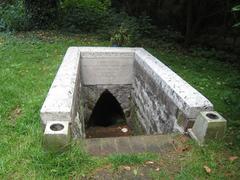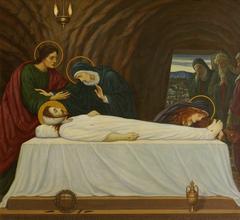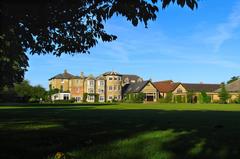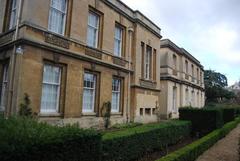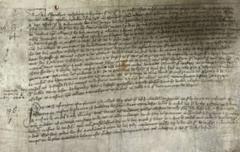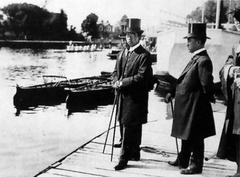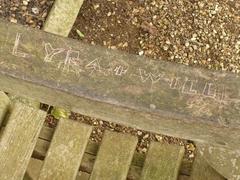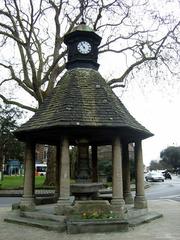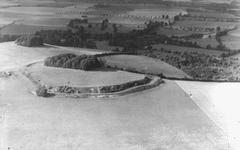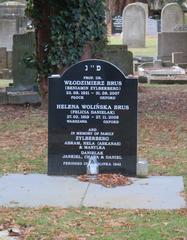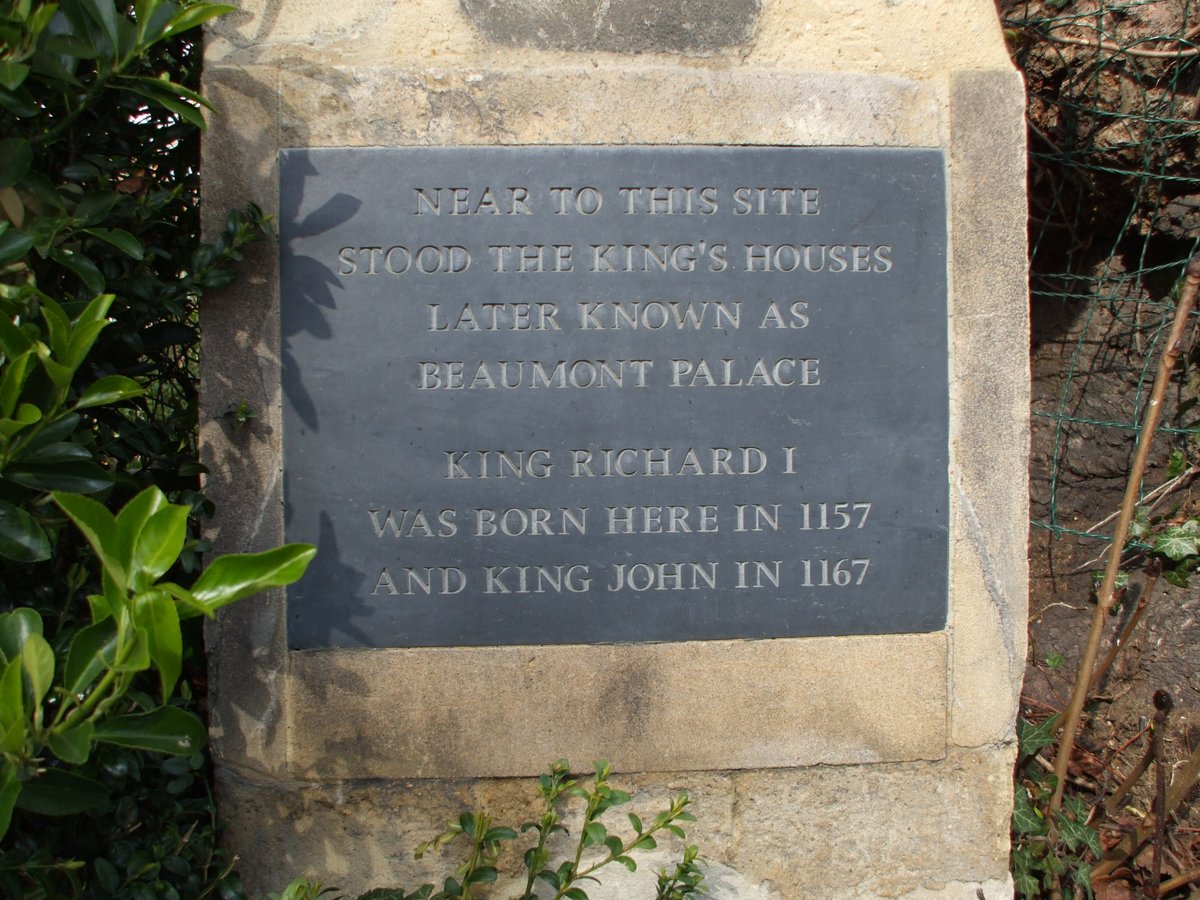
Beaumont Palace Oxford: Visiting Hours, Tickets, and Historical Sites Guide
Date: 14/06/2025
Introduction
Beaumont Palace in Oxford—though now lost to time—remains a powerful symbol of England’s medieval royal heritage. Built in the early 12th century by King Henry I, the palace was a seat of authority and the birthplace of two English kings: Richard I (the Lionheart) and King John. While all that survives today is a commemorative plaque on Beaumont Street, the site’s legacy endures through archaeological discoveries, historical records, and its lasting influence on Oxford’s urban landscape (History.ac.uk; OxfordHistory.org.uk). This guide details Beaumont Palace’s history, what visitors can experience today, practical information, and tips for exploring nearby attractions.
Contents
- Introduction and Historical Overview
- Early Origins and Royal Foundation
- Architectural Features and Layout
- Royal Births and Political Significance
- Transition to Monastic Use and Decline
- Archaeological Insights and Modern Legacy
- Visiting Information: Location, Hours, Tickets, and Accessibility
- Guided Tours, Nearby Attractions, and Visitor Tips
- Myths and Legends
- FAQs
- Summary and Final Visitor Recommendations
- Official Sources and Further Reading
Early Origins and Royal Foundation
Commissioned by Henry I around 1130, Beaumont Palace was constructed just outside Oxford’s medieval city walls, on what is now Beaumont Street. Before its construction, visiting monarchs typically stayed at nearby Oxford Castle (History.ac.uk). The palace’s location balanced security with access to Oxford’s growing urban center, marking the city as a locus of royal administration and diplomacy during a time of significant urban and political development (Gatehouse Gazetteer).
Architectural Features and Layout
Though no above-ground ruins survive, archaeological findings and historical maps reveal a palace complex featuring a great hall, royal apartments, chapels, service buildings, and formal gardens, all constructed from locally quarried limestone. The site’s defensive elements and proximity to Oxford’s North Gate reinforced its status as a secure and prestigious royal residence (Oxbow Books; Oxoniensia.org).
Archaeological excavations, especially during the construction of the Sackler Library, uncovered stone foundations, buttressed walls, garden features, and monastic structures, illuminating the palace’s original scale and subsequent adaptations (Oxoniensia.org; Oxford Archaeology).
Royal Births and Political Significance
Beaumont Palace’s most significant historical role was as the birthplace of Richard I (the Lionheart) in 1157 and his brother John in 1166 (History.ac.uk). These events underscored the palace’s prestige and its importance as a royal residence. Throughout the 12th and 13th centuries, the palace hosted royal events and diplomatic gatherings, reinforcing Oxford’s emerging role in national politics.
Transition to Monastic Use and Decline
By the early 14th century, the palace’s royal function waned. In 1275, Edward I granted it to Francesco Accorsi, and in 1318, Edward II assigned the palace to the Carmelite (Whitefriars) order, who transformed it into a monastic complex (Kiddle.co). The palace’s buildings were adapted for religious purposes, and over time, much of the original structure was dismantled.
During the English Reformation, the dissolution of monasteries led to further destruction. Palace stones were repurposed in the construction of Oxford landmarks such as Christ Church and St John’s College. By 1829, the last visible remnants were cleared for the development of Beaumont Street (Kiddle.co).
Archaeological Insights and Modern Legacy
Recent archaeological work, particularly during the Sackler Library’s construction, has revealed stone foundations, garden features, monastic remains, and Carmelite burials (Oxford Archaeology; Oxoniensia.org). These findings provide a window into the palace’s architectural evolution and its transformation over the centuries.
Today, a commemorative plaque at the west end of Beaumont Street marks the palace’s site, and the name “Beaumont” endures in local geography (OxfordHistory.org.uk). The palace’s legacy is preserved in the city’s physical fabric, local lore, and ongoing research by heritage organizations.
Visiting Information
Location and Access
- Address: Beaumont Street, central Oxford, near the junction with Worcester Street.
- Transport: Oxford railway station is about a 10-minute walk away. City buses and cycle routes serve the area; public car parks are nearby.
Visiting Hours and Tickets
- Hours: Open access at all times. The site is an open public street with no restricted hours.
- Admission: Free. No tickets required, as there are no standing buildings.
Accessibility
- The site is fully accessible: Level, paved streets, suitable for wheelchairs and visitors with mobility needs.
Guided Tours, Nearby Attractions, and Visitor Tips
- Guided Tours: Many Oxford walking tours include the Beaumont Palace site and provide historical context. Book through local tour operators or the Oxford Visitor Information Centre.
- Nearby Attractions:
- Ashmolean Museum: Art and archaeology collections.
- Oxford Castle & Prison: Medieval structures and tours.
- Sackler Library: Historical archives adjacent to the site.
- Christ Church and St John’s College: Colleges partly built with stones from the palace.
- Visitor Tips:
- Visit during daylight for best visibility.
- Combine the site with other local attractions for a fuller experience.
- Bring a guidebook or access online resources for deeper historical insights.
Myths and Legends
Local legends persist about secret tunnels and hidden treasures beneath the palace site. While unproven, these stories add intrigue and are often shared during walking tours.
Frequently Asked Questions (FAQ)
Q: Can I visit Beaumont Palace today?
A: The palace no longer stands, but the site is marked with a plaque on Beaumont Street.
Q: Are there guided tours?
A: Yes, several walking tours include the Beaumont Palace site as part of their route.
Q: Is there an entry fee?
A: No, visiting the site is free.
Q: Are there any ruins to see?
A: No above-ground remains survive; the plaque marks the location.
Q: Is the site accessible for visitors with disabilities?
A: Yes, the area is paved and level.
Q: What other historical sites are nearby?
A: The Ashmolean Museum, Oxford Castle, Christ Church, and St John’s College.
Summary and Final Visitor Recommendations
Although Beaumont Palace is no longer a standing monument, its historical resonance is still felt within Oxford’s vibrant streets. From its foundation by King Henry I to its role as the birthplace of Richard the Lionheart and King John, Beaumont Palace exemplified royal power and prestige. Its transition to a Carmelite monastery and eventual integration into Oxford’s urban expansion reflects centuries of historical change (History.ac.uk; Kiddle.co).
When visiting Oxford, take time to pause by the commemorative plaque, join a guided walking tour, and explore nearby museums and colleges that carry forward the palace’s material and cultural legacy. For deeper engagement, access digital resources such as the Audiala app for guided audio tours, and follow local heritage organizations for updates and events. Oxford’s medieval tapestry comes alive through sites like Beaumont Palace—inviting visitors to reflect on the city’s royal heritage and its lasting impact on the present (Ashmolean.org; Oxbow Books; Oxford Archaeology).
Official Sources and Further Reading
- Beaumont Palace in Oxford: History, Visitor Information, and Nearby Attractions, History.ac.uk
- Beaumont Palace Visiting Guide, Oxoniensia Journal
- Beaumont Palace Oxford History, OxfordHistory.org.uk
- Mapping Oxford Through Time, Oxbow Books
- Beaumont Palace Excavation Report, Oxford Archaeology
- Beaumont Palace Overview, Kiddle.co
- Ashmolean Museum Official Site, Ashmolean.org
- Sackler Library, Bodleian Libraries
